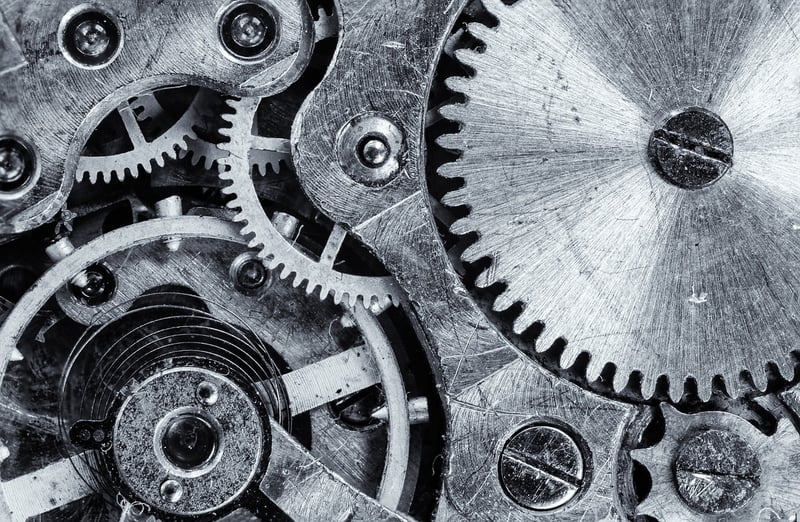H.G. Wells' Machine
The Ultimate Guide to Temporal Travel Tools and H.G. Wells' Machine
Introduction to Temporal Travel
Temporal travel, the ability to journey through time, has long captured the imagination of humanity. From books to movies, the concept of altering the past or exploring the future has been a popular theme. One of the most iconic depictions of time travel is found in H.G. Wells' novel "The Time Machine," where the protagonist invents a device to traverse different eras.
H.G. Wells' Time Machine
H.G. Wells' "The Time Machine," published in 1895, introduced the world to the idea of a machine capable of temporal travel. In the story, the Time Traveler constructs a device that allows him to journey to the distant future, where he encounters the Eloi and Morlocks, two divergent species of humanity. This groundbreaking work laid the foundation for countless time travel narratives to come.

Tools for Temporal Travel
While H.G. Wells' Machine exists in the realm of fiction, researchers and scientists have explored various theories and concepts related to time travel. While we may not have a functioning time machine yet, here are some tools and theories that are often discussed in the realm of temporal travel:
1. Wormholes
Wormholes are hypothetical passages through spacetime that could create shortcuts for long journeys across the universe or even through time. While purely theoretical at this point, the concept of wormholes continues to intrigue scientists and science fiction enthusiasts alike.
2. Tipler Cylinder
The Tipler Cylinder is a hypothetical object that could enable time travel through the warping of spacetime. By creating a massive rotating cylinder, one might be able to traverse different points in time. While this concept relies on speculative physics, it remains a fascinating idea in the study of temporal manipulation.
3. Alcubierre Drive
The Alcubierre Drive is a theoretical warp drive concept that could potentially allow faster-than-light travel by contracting space in front of a spacecraft and expanding it behind. While initially proposed for interstellar travel, some theories suggest it could have implications for temporal travel as well.
4. Quantum Entanglement
Quantum entanglement is a phenomenon where particles become interconnected and their states are dependent on each other, regardless of the distance between them. Some scientists speculate that exploiting quantum entanglement could lead to advancements in communication and possibly even time travel technology.
Conclusion
While the concept of temporal travel remains a subject of fascination and speculation, the tools and theories discussed above showcase the ongoing exploration of this intriguing field. Whether through the pages of a novel like H.G. Wells' "The Time Machine" or through cutting-edge scientific research, the idea of journeying through time continues to captivate minds and inspire further exploration into the mysteries of the universe.
